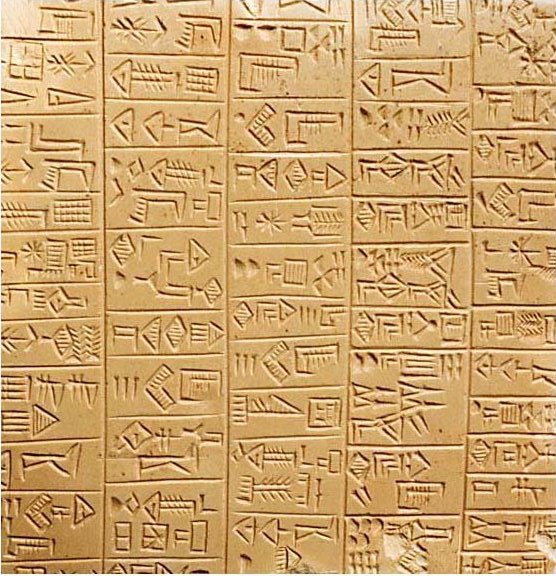The human need to communicate, connect and to be understood has evolved throughout history, from emitting sounds to drawings on cave walls and the development of languages, including music. From a scientific perspective, a 2007 Georgetown University Medical Center study found that the same brain systems process music and language. Science Daily summarized the study’s findings thus: “One brain system, based in the temporal lobes, helps humans memorize information in both language and music— for example, words and meanings in language and familiar melodies in music. The other system, based in the frontal lobes, helps us unconsciously learn and use the rules that underlie both language and music, such as the rules of syntax in sentences, and the rules of harmony in music.” In the same article, Michael Ullman, Ph.D. and professor of neuroscience, psychology, neurology and linguistics, is quoted as saying “…both language and music crucially require the memorization of arbitrary information, such as words and melodies.”
In other words, music, like language, is a form of communication and a way to preserve history. It’s not surprising, then, that music is called the universal language. It is a natural extension of our need to express ourselves.
The earliest form of writing has been attributed to cultures in the Middle East, including Mesopotamia’s cuneiform system that used wedge shaped characters. Musical notation developed alongside cuneiform script from ancient Mesopotamia. The first visual representations of musical sounds are believed to have survived in connection with ancient Egypt’s hieroglyphic writings. Below is a diagram of the evolution of cuneiform script. It’s easy to see how starting with evolution #4, the shapes began to lend themselves to musical notation.
The article “Notation” in Oxford Music Online states that
Written notation is a phenomenon of literate social classes. In all societies, it has developed only after the formation of a script for language, and has generally used elements of that script.
The article adds that China, Korea, Japan and Europe have “a large number of notational systems”, while the “Middle East (except Turkey), South and Southeast Asia have developed very few.”
So which came first, vocal or instrumental notation? According to Oxford Music Online, vocal music notation was developed first in Western Europe, while instrumental notation was developed first in Greece, Mesopotamia and Pharaonic Egypt. Sight reading is predominantly a Western concept.
Musical notation, or sheet music, serves many functions. Composers use notation during their creation process to try out musical ideas. Notation helps conductors, performers and musicians remember pieces and it is a useful tool for the study and analysis of music.
You can read more about early notational systems here, and watch for our upcoming post on Western notation.
Giuliana is a writer and social media strategist who lives in Jersey City with her husband and adorable Maltese puppy, Bianca. Connect with Giuliana on Google+
Sources
Notation | Oxford Music Online | Grove Music Online | www.oxfordmusiconline.com
“Music and Language are Processed by the Same Brain Systems” | www.sciencedaily.com | 09.27.2007 | http://www.sciencedaily.com/releases/2007/09/070927121101.htm |
Image credits: Wikipedia, via http://www.schoyencollection.com/religionsExtinct.html#23.1



